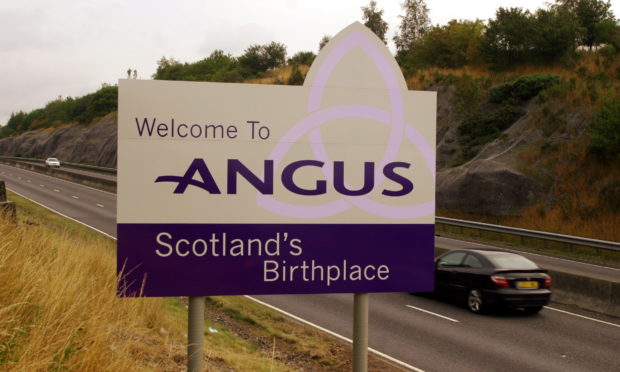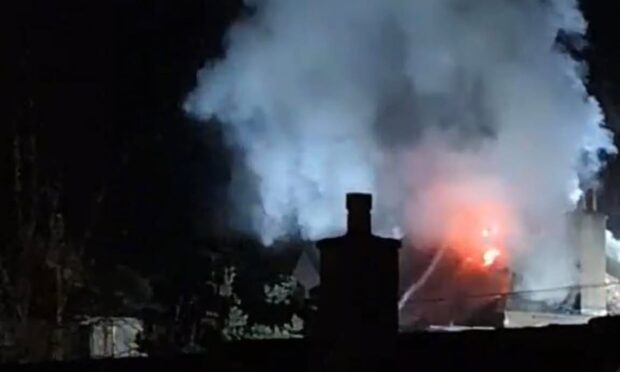Planning chiefs are to embark on a blitz against illegal advertising alongside the busiest roads in Angus.
In the first assault of a clampdown which could eventually take in more rural routes, councillors have backed moves which could see enforcement taken against businesses breaking the rules to promote themselves alongside the A90 and A92 dual carriageways.
The enforcement threat comes in the wake of continued breaches of a roadside signage policy designed to stop clutter in the countryside and keep drivers safe.
The signs issue was highlighted by planning service leader Kate Cowey in the latest enforcement cases update to development standards committee councillors.
In April 2018, councillors approved a policy on advertising in the rural area.
Ms Cowey said: “The policy identifies the circumstances where the council will permit advertisements in the rural area with the objective of minimising the detrimental effect that uncontrolled advertisements can have upon the visual quality of our countryside.”
The council policy said: “Not unnaturally and particularly during times of economic recession, businesses located within rural areas, especially those geared primarily towards the attraction of tourists or general passing trade, wish to make their presence known by signing.
“On the other hand, rural areas are a sensitive asset and excessive signing can be visually very harmful, ultimately acting as a deterrent to visitors and holidaymakers alike.
“Police Scotland are also concerned that excessive signing can be a traffic hazard.”
Ms Cowey added: “Unfortunately advertisements continue to be erected without the necessary consent and many of those that have been displayed are not consistent with the recently approved policy.
“Members have raised this as a matter of concern and officers have initiated a programme of action in relation to unauthorised signs with priority being given, in the first instance, to those displayed on the A90 and A92 dual carriageways.
“A number of unauthorised signs have been removed voluntarily but it is likely that formal enforcement action may be required in a number of instances and this will result in additional cases being added to this update,” said Ms Cowey.
The council enforcement list currently involves more than 150 cases across all aspects of planning and development.










